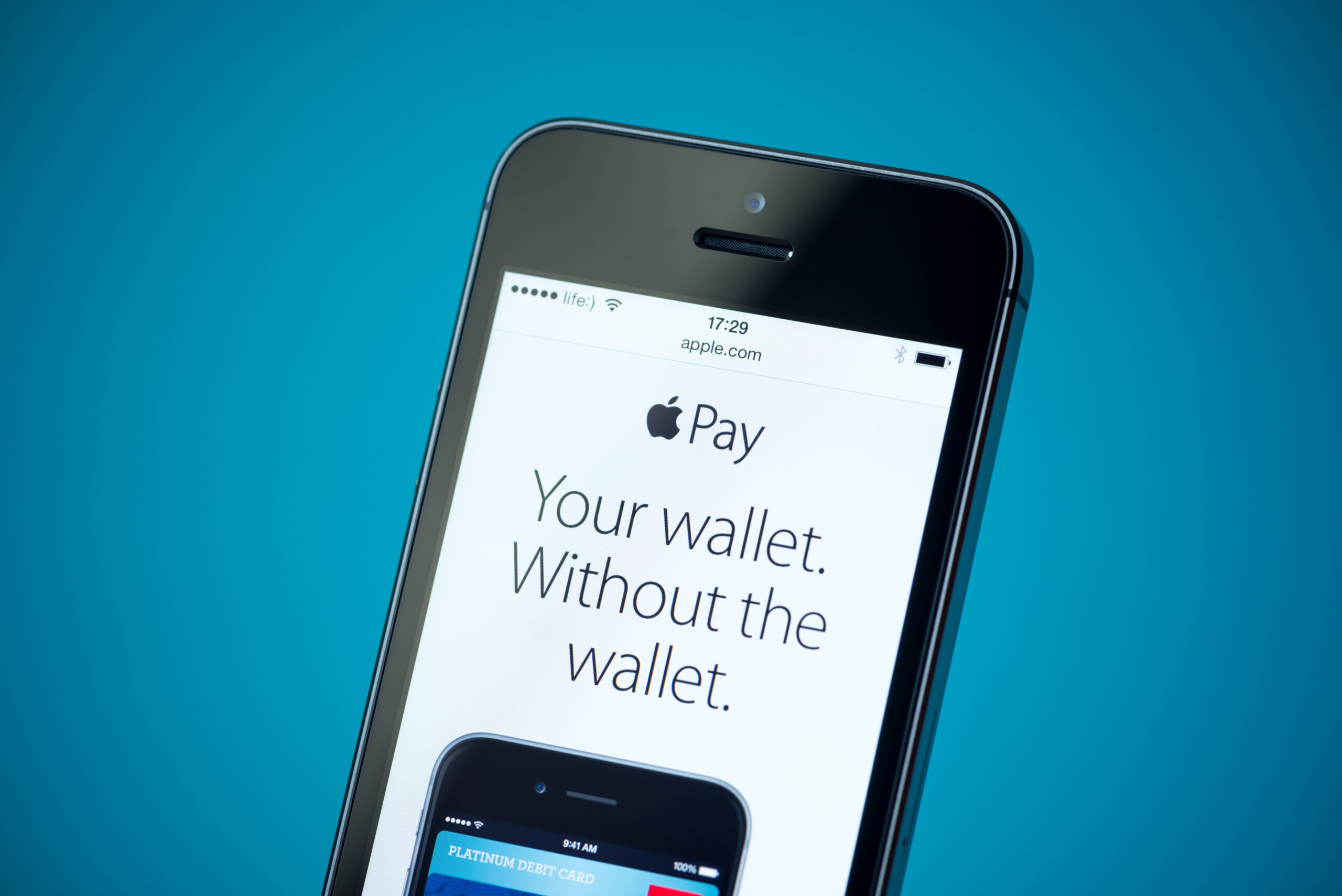
Apple Pay E-Commerce Integration: How It Works for Merchants
Apple Pay E-Commerce Integration: How It Works for Merchants
Danny Shepherd, CO-CEO • Intero Digital • August 31, 2023
In today’s digital landscape, where speed, convenience, and security are prioritized, payment solutions play a crucial role in enhancing business performance. Over the last decade, Apple Pay has transformed the shopping experience by making transactions more secure and convenient. In America alone, Apple Pay users are projected to surpass 55.8 million, meaning nearly 1 in 5 consumers use Apple Pay to make purchases.
With these statistics in mind, it’s never been more important for merchants to recognize the strategic advantages of Apple Pay. Especially in a surge of mobile and online transactions, integrating an Apple Pay strategy can unlock unprecedented opportunities for improved customer experience and increased conversions.
How Does Apple Pay Work for Merchants?
Apple Pay features and benefits provide a seamless checkout experience for customers, making it an indispensable tool for e-commerce businesses. With contactless, short-distance payment options using Near Field Communication (NFC) technology and mobile app and website integration abilities, implementing Apple Pay facilitates a quicker, more convenient checkout process for your customers. Using Apple Pay is also much safer, as Apple provides security through various measures in addition to NFC, such as two-factor authentication, iCloud Security, and a device account number stored on the device within a specialized chip known as “the secure element.”
Despite the clear advantages, some misconceptions might deter merchants from integrating it into their e-commerce strategies. Many wrongly assume that Apple Pay has a limited user base, it’s too complex to implement, carries additional transaction fees, or presents security risks.
While Apple Pay is exclusive to Apple devices, the reality is that these devices hold a significant market share, making an Apple Pay strategy a valuable addition to your payment options. Apple Pay provides straightforward integration options, and the transaction fees are comparable to other card payments.
Most importantly, Apple Pay uses tokenization, encryption, and secure authentication methods to protect customer payment information. These technologies significantly reduce the risk of data breaches and enhance your customer’s trust in the payment process.
Ultimately, Apple Pay e-commerce integration elevates the entire customer journey, reducing friction in the checkout process, increasing security, and providing a range of convenient payment options. The end result? Improved customer satisfaction and business growth.
Why Apple Pay Is Essential for Mobile Growth
An Apple Pay strategy is not just about offering a new way to pay; it also aligns perfectly with the recent significant growth of mobile traffic. Designed for a mobile-optimized experience, Apple Pay’s native integration with iOS devices, including iPhones, iPads, and Apple Watches, enables you to cater to a vast audience of mobile users.
As mobile traffic continues to rise, so do in-app purchases. Apple Pay taps into this trend by offering contactless payments via NFC technology, Touch ID and Face ID authentication, and in-app purchase options. Additionally, the Apple Pay button increases its accessibility and serves as a clear call to action, motivating customers to complete a purchase.
In essence, Apple Pay is a tailor-made solution for businesses looking to capitalize on the expanding mobile user base and is an essential component of any modern e-commerce strategy.
How to Get Started With Apple Pay for Merchants
Integrating Apple Pay into your e-commerce strategy may seem daunting at first. With these steps, you can make the Apple Pay e-commerce integration process much smoother:
1. Assess compatibility and tech requirements.
Verify that your e-commerce platform or payment gateway supports Apple Pay integration. Take a moment to review the technical requirements and ensure that your website or app meets all the necessary criteria for Apple Pay integration.
2. Research integration options.
Explore the integration possibilities offered by your e-commerce platform or payment gateway. Take the time to thoroughly review their documentation, guides, and support resources to understand the steps for integrating Apple Pay.
3. Engage with a payment processor or acquirer.
Seek guidance from a payment processor or acquirer. They can provide specific requirements, recommendations, and assistance throughout the integration process. Additionally, they can advise you on any necessary configurations and potential fees associated with the integration.
4. Implement developer tools and APIs.
To enable Apple Pay functionality, you may need to utilize developer tools and APIs based on your e-commerce platform. Work with your development team or refer to the platform’s documentation to access the required tools and integrate Apple Pay APIs into your website or app.
5. Don’t overlook design and user experience.
Ensure the Apple Pay integration is seamlessly incorporated into your website or app’s design and user experience. Place the Apple Pay button prominently in the checkout flow and provide clear instructions to users on completing transactions using Apple Pay.
6. Test and verify seamless integration.
Before launching, thoroughly test the Apple Pay integration to ensure it functions correctly across different devices and browsers. Test various scenarios, including successful transactions, error handling, and fallback options if Apple Pay is unavailable.
7. Communicate and promote Apple Pay.
After successfully integrating Apple Pay, notify your customers about its availability as a convenient payment option. Update your website or app to display the Apple Pay logo or button, and consider incorporating messaging or incentives to encourage customers to use Apple Pay for a seamless checkout experience.
8. Monitor performance and analytics.
Continuously monitor the performance of Apple Pay transactions, conversion rates, and customer feedback. Leverage the analytics tools offered by your e-commerce platform or payment gateway to gain invaluable insights into Apple Pay’s impact on your business.
9. Stay informed about Apple Pay features and trends.
Apple regularly releases updates and improvements to Apple Pay. Stay informed about new features, security enhancements, and recommended best practices by subscribing to Apple’s developer resources or newsletters.
Ready to Crush Your Apple Pay E-Commerce Integration?
Apple Pay e-commerce integration is about more than just offering another payment method. It’s about adapting to customer preferences and trends to provide a more seamless, convenient, and secure shopping experience. By integrating Apple Pay into your e-commerce strategy, you’re making a move that can drive customer satisfaction, boost conversions, and potentially increase revenue.

